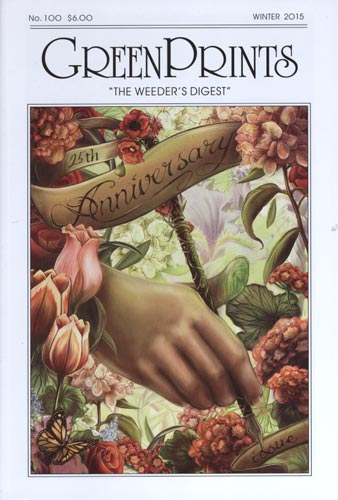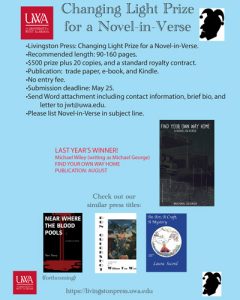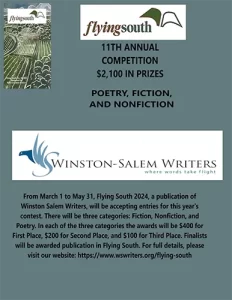GreenPrints – Winter 2015
The centennial of anything is generally cause for celebration, but when one is an independent gardening magazine with homegrown roots (pun intended) and a lot of heart, reaching Issue 100 is an even more exciting accomplishment. Issue 100 of GreenPrints does not disappoint. It is a celebration of not only the gardening and gardeners GreenPrints regularly embraces, but also the magazine itself and all those whose impassioned writing is surely on par with their artfully tended begonias and apricot trees. The centennial of anything is generally cause for celebration, but when one is an independent gardening magazine with homegrown roots (pun intended) and a lot of heart, reaching Issue 100 is an even more exciting accomplishment. Issue 100 of GreenPrints does not disappoint. It is a celebration of not only the gardening and gardeners GreenPrints regularly embraces, but also the magazine itself and all those whose impassioned writing is surely on par with their artfully tended begonias and apricot trees.
The issue is filled with essays, poems, artwork, and short stories, both true and fictional. Each item fits seamlessly with the others for they are all built on a shared foundation of love for the Earth and mankind’s relationship with tending it. The travails of gardening are evident, as are the superseding joys that come from working the soil and seeing the (sometimes literal) fruits of your labors.
In her letter to GreenPrints, Marianne Binetti expresses what is perhaps the core sentiment of the issue: “Somebody understood there was a lot more to gardening than the end product!” The issue does a wonderful job of delving into what “more” there is. In “Emptying the Trash in Vietnam,” Nancy Shwartz offers brief caution of the zealousness of bamboo, while in “Peace Lily,” Hermione Robinson shares the deeper meaning behind her delicate care of a perhaps otherwise undeserving peace lily.
Some of the pieces focus on what can be found in gardens, while other articles shift their gaze to the people involved in making them. One story that stuck with me long after I put GreenPrints down was Donna Gardner’s “The Fish Bowl.” It is a seemingly simple anecdote about the author’s work in a retail greenhouse and a fatefully jarring encounter with a customer. I will not spoil the ending, but I will say I understand the author when she wrote, “I’ve never forgotten the incident [. . .] I still dwell on it.”
Gardening may be such a resonant topic because it not only has inherent value and interest as a hobby (or livelihood), but because it serves as a microcosm for everything else in life. As an ‘old’ woman told contributing author Marianne Willburn in the aptly titled “Full Circle”: “If you have an interest in England, someday you will have an interest in her gardens.” As the story shows, the ‘old’ woman was correct, for there is a gravitational pull to gardening that can draw even the most unsuspecting towards its earthy lure, which is both primal and charming in turns. Everything is interwoven, and gardening is one of the timeless threads that binds it all together. GreenPrints is bubbling over with individuals who understand this pull and revel in the joy (yes, even the pain) that comes from this timeless pastime.
While the true stories and advice-related articles are a delight to read, the fictional work in the issue is no less insightful. There is a hilarious and astute piece by Mark Twain “How I Edited An Agricultural Paper.” Twain’s clever riff shows that both gardening and human nature have long been beguiling and provoking in equal measure. On a different note, Garth Nix’s fable “Three Roses” is a haunting and beautiful tale about love, loss, and the role of the gardener in making a garden the place that it is. Not only is this a powerful short fairytale, but (for reasons I will not give away), Nix says it is “perhaps [. . .] the most important story I have ever written, for the greatest reward.” GreenPrints ostensibly understands and exalts in the way that gardening is not merely a practical pastime, but also a reflection of many bigger themes and events in life. Stories like “Three Roses,” and so many others in this issue, substantiate this view with articulate grace.
This centennial issue of GreenPrints is not all words, however, as scattered throughout the issue are delightful illustrations. Some accompany the stories, while there is also a four-page spread of previous covers (one for each season), offered in full color. Much like a garden, where one may wander down the winding paths and find something new and different at every step, GreenPrints’s one-hundredth issue is a charming mélange of creativity celebrating gardeners, gardening, and the many instructive joys a life close to the earth can offer.
[www.greenprints.com]





